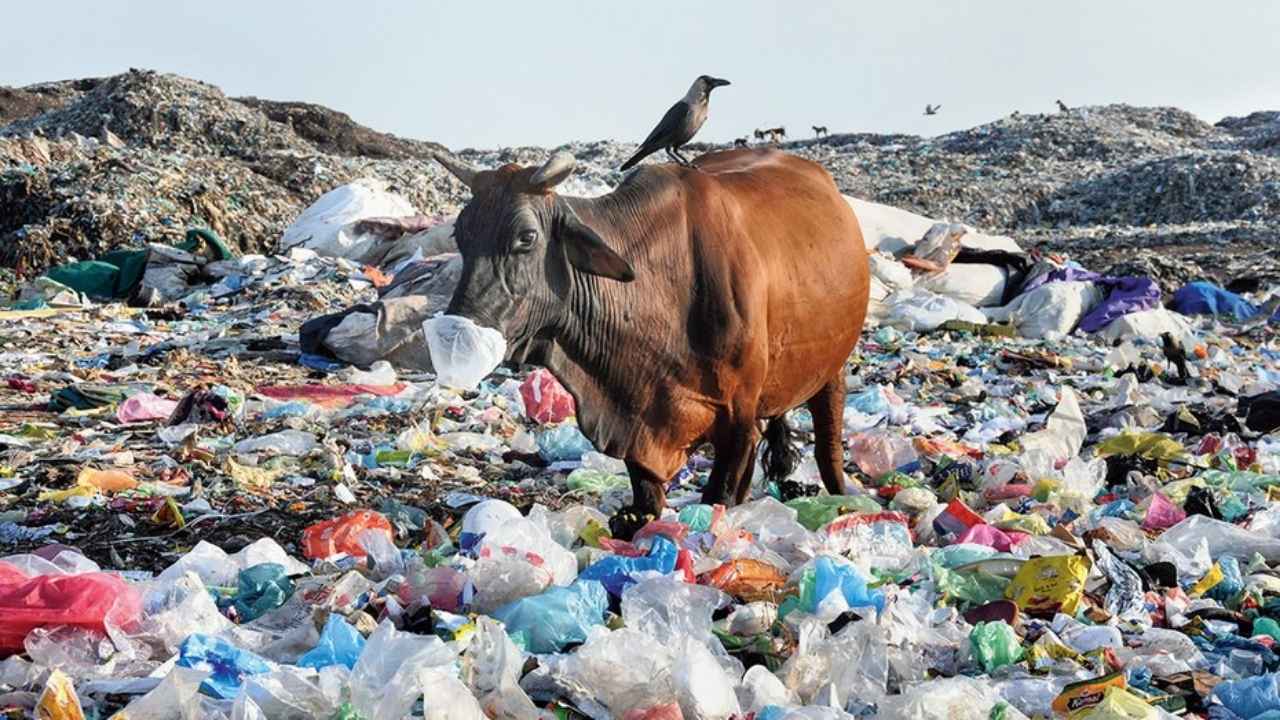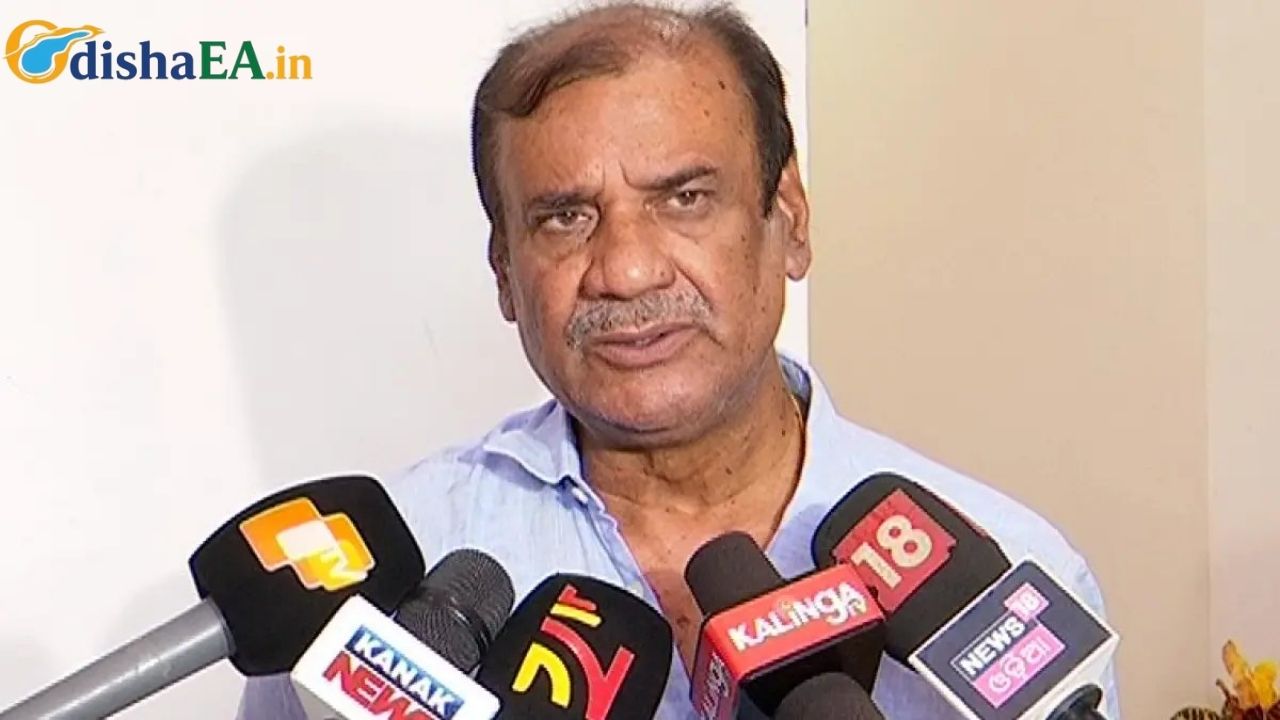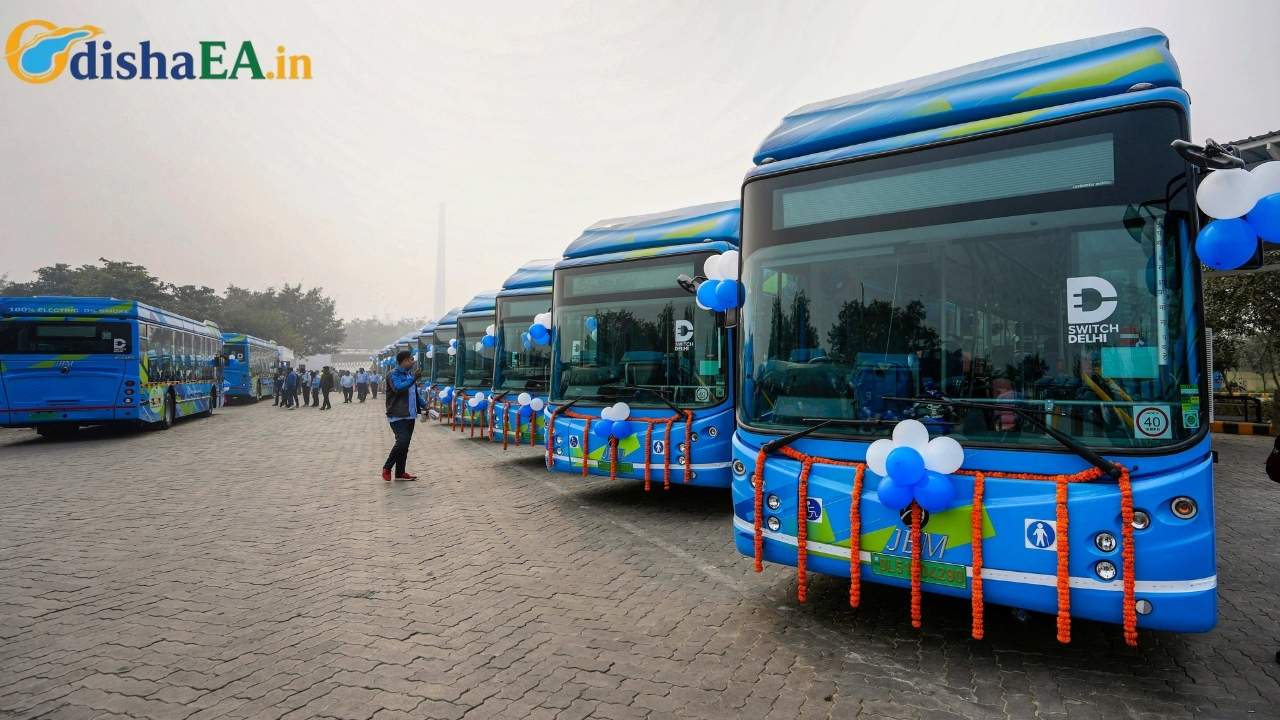A team of veterinary surgeons in India’s eastern state of Odisha has saved the life of a stray cow after removing approximately 40 kilograms (about 88 pounds) of plastic waste from its stomach. The complex operation underscores a critical and widespread environmental issue: the lethal impact of improperly discarded plastic on the nation’s large population of stray cattle and other animals.
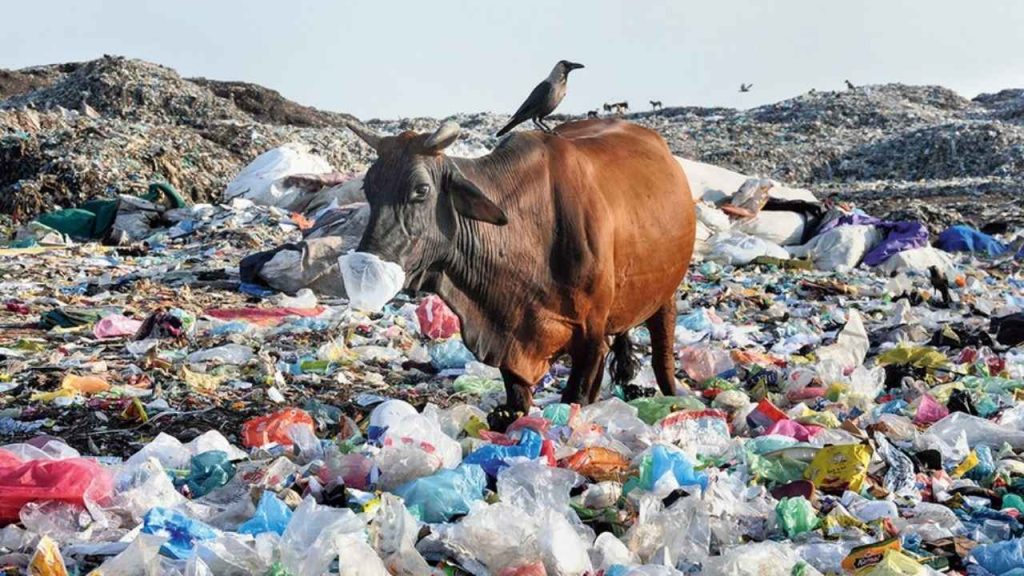
The ailing cow was rescued by an animal welfare organization in Ganjam district after locals reported it was emaciated, unable to eat, and suffering from severe abdominal bloating. It was transported to the district’s main veterinary hospital, where diagnostic tests suggested a massive foreign body obstruction in its rumen, the largest chamber of its stomach.
“The animal was in a critical condition and would not have survived much longer,” said Dr. Padmanava Das, who led the surgical team, in a statement to local media. “During the two-hour procedure, we were shocked to find its stomach was almost entirely filled with plastic bags, packaging, and other non-biodegradable materials.”
A Systemic Problem: The Scale of Plastic Waste in Livestock
The incident in Ganjam is not an isolated case but a stark symptom of a larger, national crisis involving plastic waste in livestock. Across India, vast numbers of cattle, both owned and stray, often forage for food in garbage dumps and along roadsides. Discarded food scraps are frequently mixed with or wrapped in plastic, which the animals ingest indiscriminately.
According to a 2021 report by the Central Pollution Control Board (CPCB) of India, the country generates over 3.5 million metric tons of plastic waste annually. A significant portion of this waste is mismanaged, ending up in open landfills and public spaces accessible to animals.
Ruminants like cattle are particularly vulnerable. Their digestive systems are not designed to break down or pass synthetic materials. The ingested plastic accumulates over time, forming a solid mass called a “ruminal impaction” that prevents proper digestion, leading to malnutrition, painful bloating, internal injuries, and eventual death.
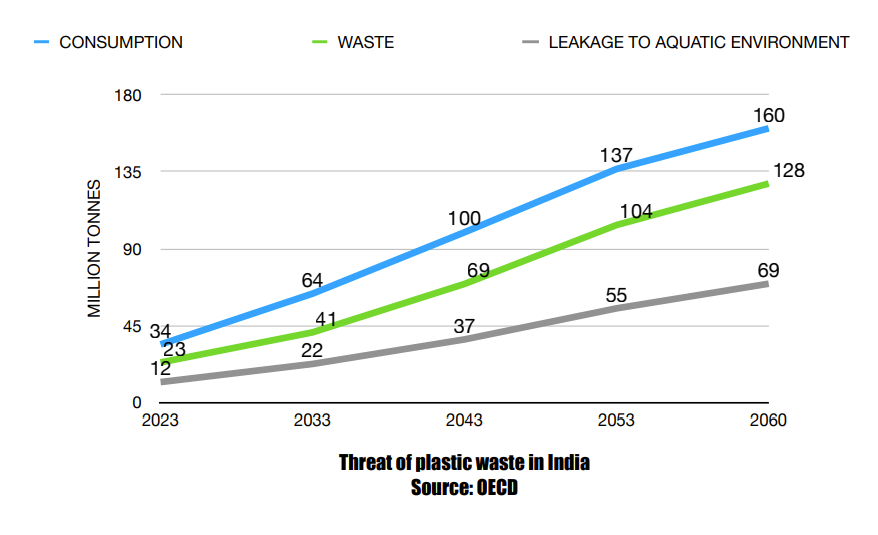
The Veterinary Challenge of Rumenotomy
The veterinary surgery required to remove such blockages, known as a rumenotomy, is a major and high-risk procedure. It involves making an incision into the animal’s flank to access the stomach directly.
Key challenges of the surgery include:
- Anesthesia Risk: Administering anesthesia to a severely weakened and malnourished animal carries a high risk.
- Infection Control: Preventing contamination of the abdominal cavity when the stomach is opened is critical to avoid life-threatening peritonitis.
- Post-Operative Care: Recovery requires intensive care, including antibiotics and a carefully managed diet, which is difficult to provide for stray animals.
“These surgeries are a last resort and represent a failure in waste management, not a sustainable solution,” stated Dr. Srirupa Chatterjee, a veterinarian with People for Animals, a prominent Indian animal welfare organization. “For every animal we save, countless others likely die unnoticed in fields or city dumps.”
Addressing the Root Causes: Stray Cattle and Plastic Policy
The issue is compounded by the complex situation of stray cattle in India. A combination of cultural reverence for cows, mechanization of agriculture reducing the need for draught animals, and laws restricting cattle slaughter has led to millions of unproductive or unowned cattle wandering in cities and villages. These animals become entirely dependent on foraging, making them highly susceptible to plastic ingestion.
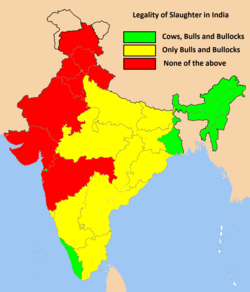
In an effort to combat the plastic crisis, the Indian government has enacted policies like the nationwide single-use plastic ban, which came into effect in July 2022. The ban prohibits the manufacture, import, stocking, distribution, sale, and use of identified single-use plastic items with low utility and high littering potential.
However, experts note that the effectiveness of the ban has been mixed. Challenges in enforcement, the availability of alternatives, and a lack of widespread public awareness have hampered its impact. “Policy is a crucial first step, but it must be paired with robust on-the-ground enforcement and investment in waste segregation at the source,” said Anjali Sharma, a research fellow at The Energy and Resources Institute (TERI) in New Delhi.
As for the cow in Ganjam, veterinarians report that it is recovering well under observation. While this individual animal has been given a second chance, its story serves as a powerful reminder of the hidden environmental costs of plastic pollution and the urgent need for more effective and comprehensive waste management solutions to protect both wildlife and livestock.
Medical Oxygen Management: AIIMS Bhubaneswar Pioneers National Capacity-Building Effort
Candidates Entitled to Interview Marks, Says Information Commission to OPSC
Security Drill Conducted Along Odisha Coast to Strengthen Vigilance
FAQs
1. Why do cows eat plastic?
Cows do not intentionally eat plastic. They have a poor ability to discriminate between food and non-food items when grazing. They are often attracted to the smell of leftover food on or inside plastic bags and packaging, ingesting the plastic along with the food scraps.
2. What happens to a cow if it ingests plastic and is not treated?
The ingested plastic cannot be digested and accumulates in the rumen (the first stomach chamber). This leads to a condition called ruminal impaction, which blocks the digestive tract. The cow suffers from chronic bloating, indigestion, malnutrition, and starvation, eventually leading to a slow and painful death.
3. What is India doing to solve the problem of plastic waste?
India has implemented several measures, most notably the nationwide ban on many single-use plastic items that began in 2022. The government also promotes Extended Producer Responsibility (EPR), which makes producers responsible for the environmental management of their products. However, challenges in enforcement and public participation remain.

